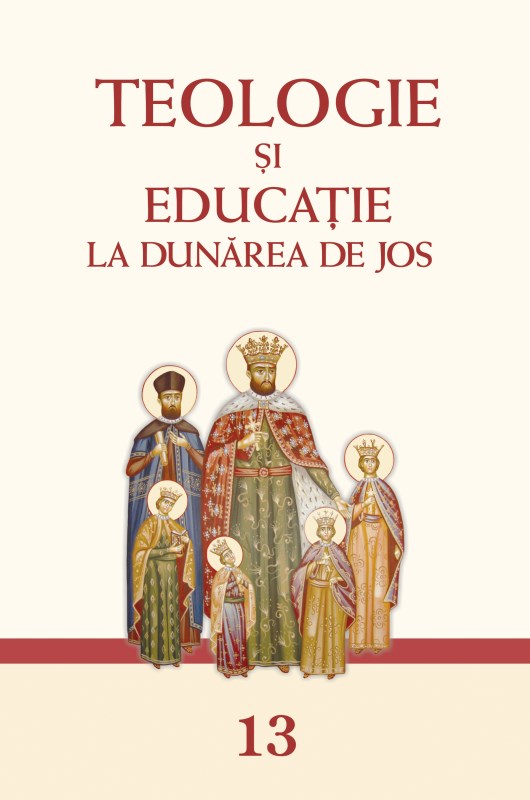Canonul pentru primirea Sfintei Împărtășanii: semnificații teologice și sensuri imnografice
Canon for the reception of Holy Communion: theological meanings and iconographic meanings
Author(s): Lucian Vasile PETROAIASubject(s): Christian Theology and Religion, Theology and Religion
Published by: EDITURA ARHIEPISCOPIEI DUNĂRII DE JOS
Keywords: Canon; Repentance; Forgiveness; Holy Eucharist; Divine Liturgy; Communion; Saint; Deification;
Summary/Abstract: In any Orthodox Christian life, the most important moment is when he receives the Holy Communion. In the Orthodox religion, the Christian approaches to the sacred vessel to get his Communion, only after he undergoes a serious and thorough preparation: he must have the Sacred Holy Confession, a time for fast and praying, for merciful deeds and the day before taking the Holy Communion, he has to read the Holy Canon in order to receive the Sacred Eucharist. The present study refers to this precise Canon and it tries to “read” its theological, mystical, monastic and poetic meanings. Despite its importance in the Orthodox cult, nevertheless, this Canon has not been assigned in the entire Romanian Theological Literature, at least until the present moment, an analytical study that would be helpful for an accurate understanding of it. Why do we have to understand this hymnographic text? Firstly because its authors are among the greatest Theological Saints of the Orthodox Church and the most faithful living souls. Secondly, this Canon has to be understood as it enables us to perceive the “Sacred Mystery”, the Holy Communion that is the very body and blood of our Lord Jesus Christ, which are offered to us as a gift for our deification, they are divine and deifying as the text itself tells us. Thus, in order to assert to this astonishing peak of holiness, the Christian needs a secure path which is this Canon precisely. It is structured in two parts (one that includes the Canon itself and 9 odes or “canticles” and another one made up of 11 prayers), and it is composed on a double dialogue basis (the Christian talks to Our Lord Jesus Christ directly, but he also speaks to himself, to his soul). The Canon has to be comprehended better, it must be read care fully and it must be filtered through the spiritual life of each Christian who dares to approach “with fear and trembling” to receive the Holy Eucharist.
Journal: TEOLOGIE ȘI EDUCAȚIE LA DUNĂREA DE JOS
- Issue Year: XIII/2014
- Issue No: 13
- Page Range: 449-475
- Page Count: 27
- Language: Romanian

